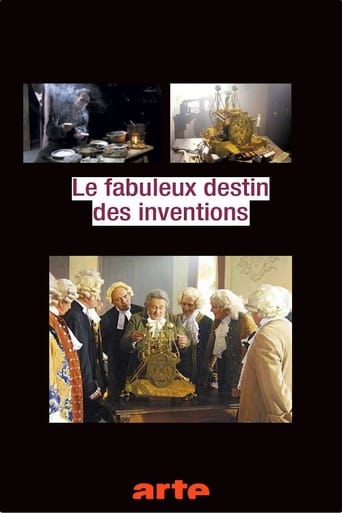
Daring Portuguese seafarers journeyed into the unknown in the early 15th century. They sailed to regions that had previously been considered unreachable, even nonexistent. And they sailed on ships that were specially developed for this purpose.
For the Portuguese, the world in those days was flat. They knew Europe, North Africa and Asia Minor. The Atlantic, on the other hand, was an ocean of darkness. Cape Bojador on the West African coast, across from the Canary Islands, marked the end of the known world. Beyond was a realm of terrifying sea creatures. No seafarer had ever returned from there alive.
Don Enrique, a Portuguese prince who found his way into the annals of history as Henry the Navigator, was obsessed with the idea to explore the unknown parts of Africa. He dreamt of fabulous wealth and sought allies in the fight against the despicable Moors. He dispatched expeditions to overcome Cape Fear. He founded a center of science in Sagres and brought the best cartographers, mathematicians, astronomers and navigators to his court. It was the beginning of a new age - the dawning of the modern era.
In 1434, one of his captains actually succeeded in sailing past the dreaded promontory, returning home alive to tell about it. The mission was probably more accidental than anything because the prevailing winds required pointing into the wind - something Portuguese ships of that day were incapable of doing. In order to sail further south it was necessary to design a completely new type of ship. In the years that followed, just such a ship was systematically developed under the aegis of Henry the Navigator. The lightweight ship, known as a caravel, became the workhorse of Portuguese and Spanish explorers.
Much like the space shuttles half a millennium later, the caravel carried a small crew squeezed into a tiny space, was packed full of food and water with no stove for warm meals and had no special sleeping quarters for those on board. But the caravel flung the door open to a new world. The first precise maps of the African coast ensued, but were kept secret when the first traces of gold were found. When the Portuguese explorers finally met up with the indigenous populations, history took a dramatic turn.
During shooting for the documentary, Portuguese archeologists made a sensational discovery. Off the coast of Porto they found the exceptionally well-preserved remnants of a ship from the time of Henry the Navigator. Is this the first discovery of a caravel?
With this documentary, the German National Film Award holder, Axel Engstfeld, undertakes a journey through time. The film catapults us back to 15th century Europe with extravagant scenes. The impact of this pioneering era unfolds before our eyes, juxtaposed between historical fact and modern scientific methodology. In the course of just one generation humanity's view of the world was turned upside down with breathtaking speed, preparing the way for journeys to America by Columbus and to India by Vasco di Gama. But before them, stood the caravel and the Breakthrough at Cape Fear.
| Title | Mission X - Season 1 Episode 3 Breakthrough at Cap Fear |
|---|---|
| Year | 2006 |
| Genre | Documentary |
| Country | Germany |
| Studio | ZDF, ARTE |
| Cast | |
| Crew | Achim Scheunert (Director), Christian Twente (Director), Axel Engstfeld (Director), Christian Heynen (Director), Josef van Ooyen (Writer), Christian Heynen (Writer) |
| Alternative Titles | |
| Keyword | technology |
| First Air Date | May 12, 2002 |
| Last Air date | Aug 26, 2006 |
| Season | 3 Season |
| Episode | 12 Episode |
| Runtime | 50:14 minutes |
| Quality | HD |
| IMDb: | 0.00/ 10 by 0.00 users |
| Popularity | 2.173 |
| Language | German |
 Apple TV
Apple TV Google Play Movies
Google Play Movies Fandango At Home
Fandango At Home Netflix
Netflix Amazon Prime Video
Amazon Prime Video Amazon Video
Amazon Video MUBI
MUBI











